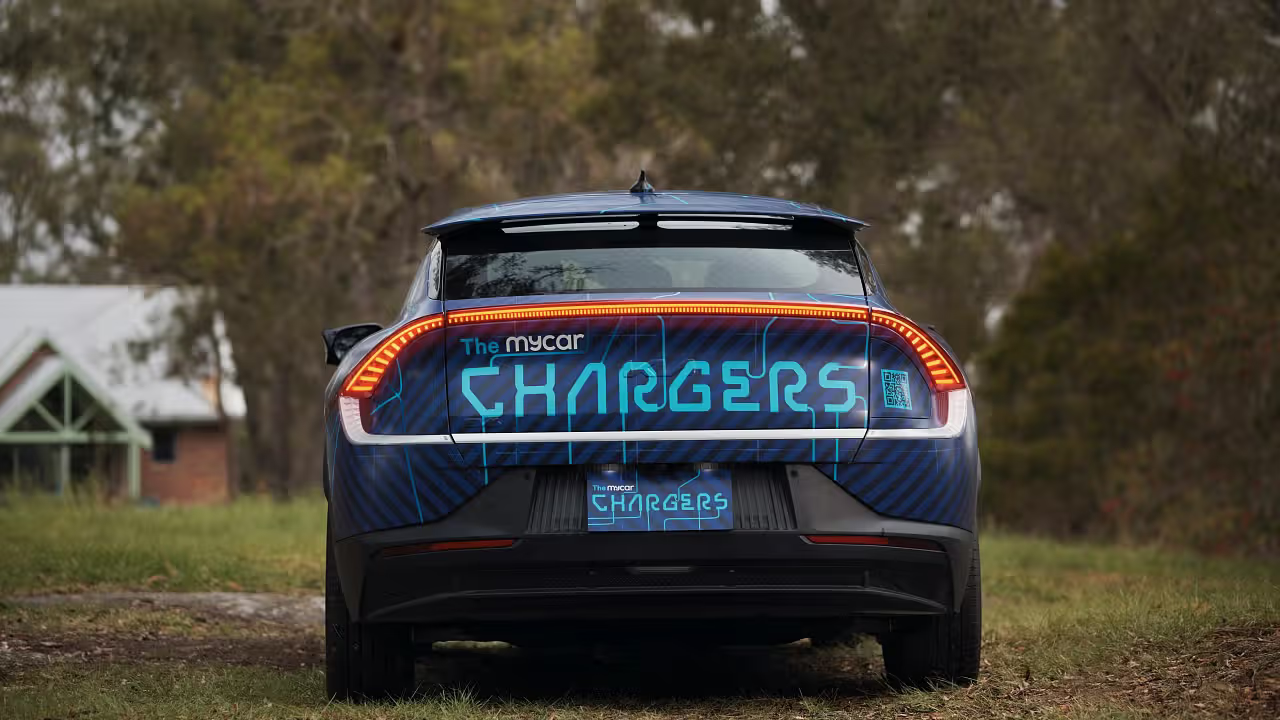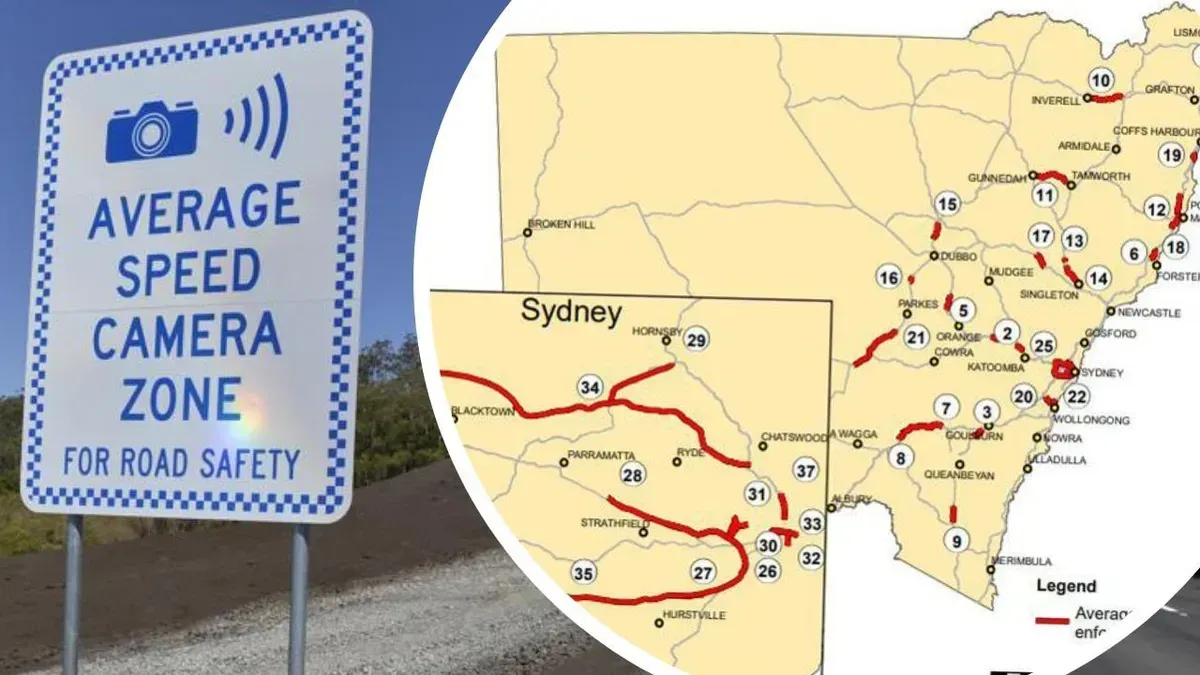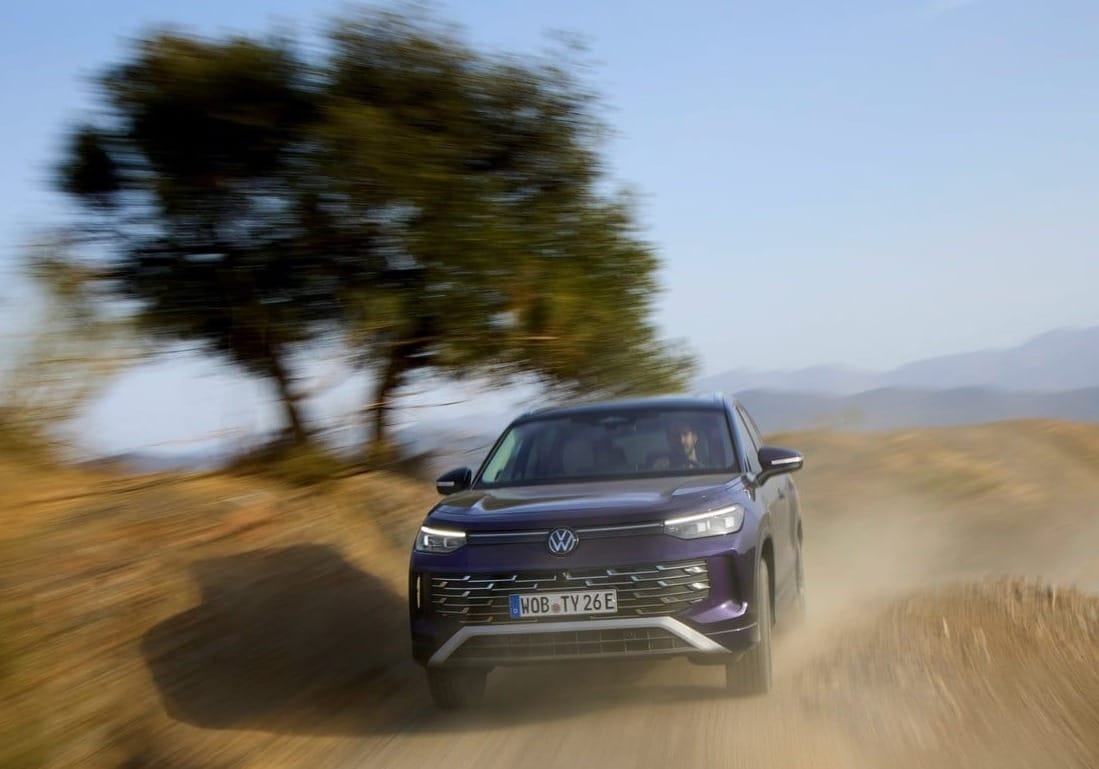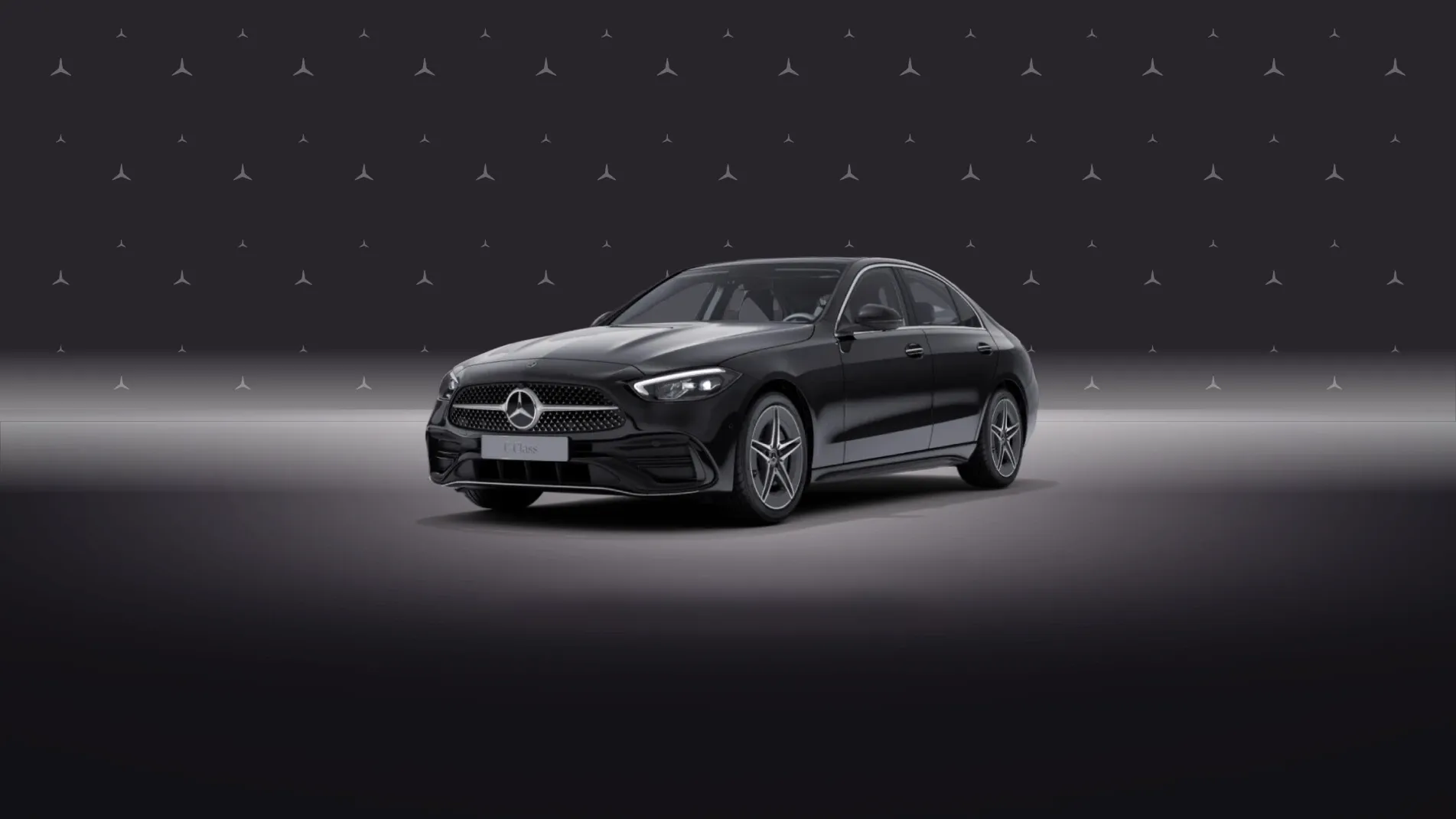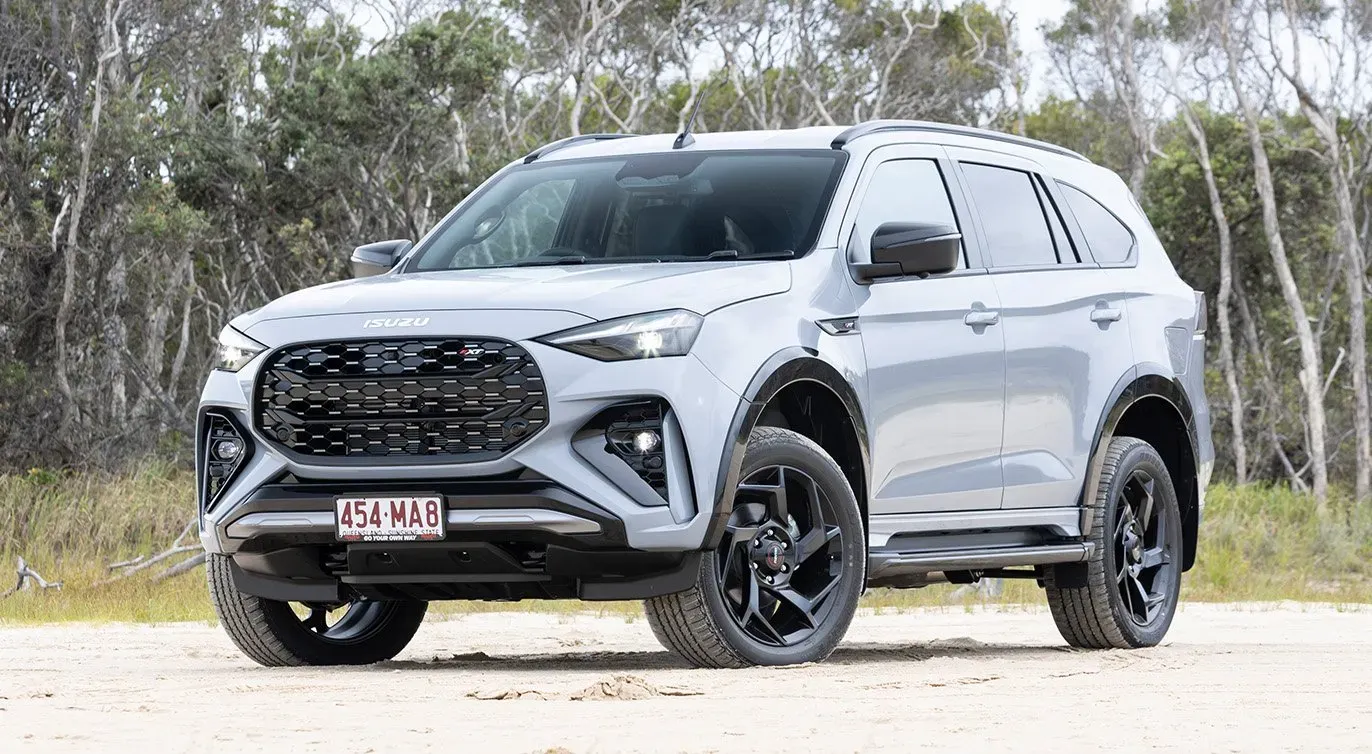A innovative program is set to harness the power of electric vehicles (EVs) to support communities during natural disasters and power outages.
In a groundbreaking initiative, electric vehicles equipped with Vehicle-to-Load (V2L) technology are being deployed to provide emergency power during natural disasters and grid failures. This program showcases the versatility of EVs beyond transportation, turning them into mobile power stations for communities in need.

Key Points:

- V2L technology allows EVs to act as mobile generators
- Program aims to provide emergency backup power during disasters
- EVs can power essential appliances and tools during outages
- Initiative enhances community resilience and disaster preparedness
V2L Technology and Its Applications:
- Enables EVs to supply power to external devices and buildings
- Can power camping equipment, household appliances, and tools
- Provides cleaner and quieter alternative to traditional gas generators
- Capable of charging other EVs in emergency situations
Benefits for Disaster Response:


- Mobile power source for emergency services and relief efforts
- Can power medical equipment, communication devices, and lighting
- Reduces reliance on fossil fuel-based generators in disaster zones
- Improves energy resilience in storm-prone areas
Future Implications:

- Potential integration with smart grids for improved energy management
- May influence future EV design and features
- Could lead to new policies for disaster preparedness and response
This innovative use of V2L technology in electric vehicles demonstrates the evolving role of EVs in society. By serving as mobile power stations during emergencies, these vehicles are not only transforming transportation but also enhancing community resilience. As this program develops, it could set a new standard for disaster response and energy management, showcasing the multifaceted benefits of electric vehicle technology.



